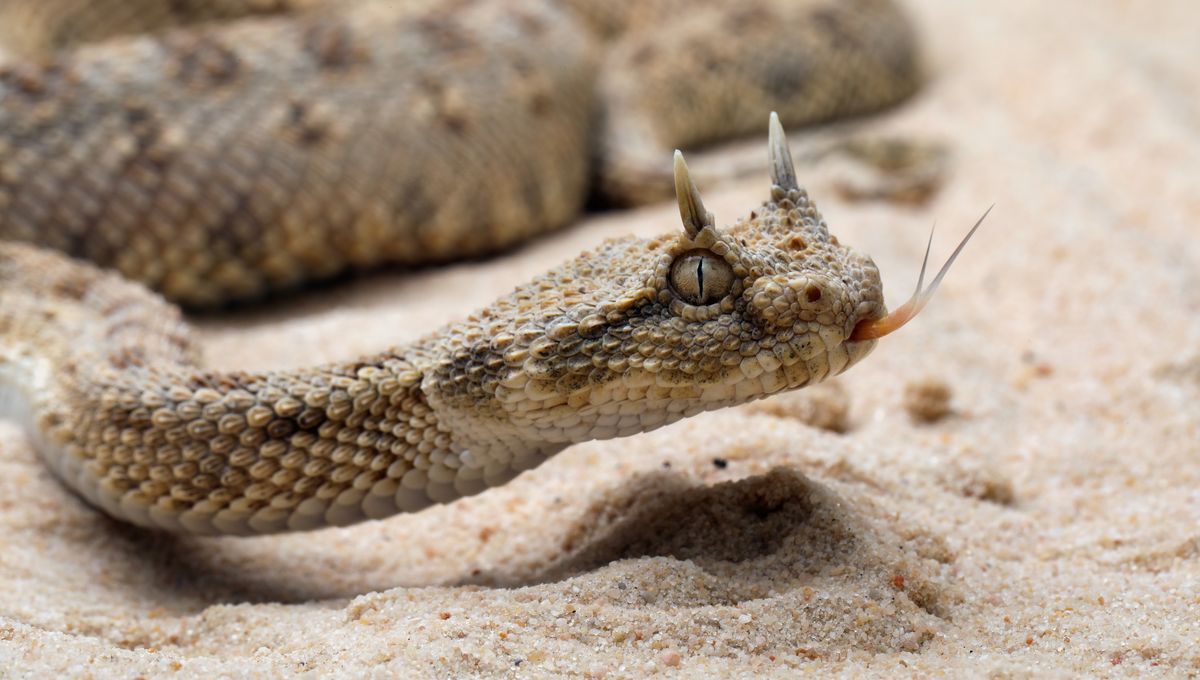
There are crests, spines, and spikes aplenty amongst snakes and lizards, and whilst we can all agree it makes some of them look like hardcore, real-life dragons, little is known about the potential costs of having horns. A new study, however, suggests that it may come down to how snakes and lizards forage their food.
Some squamates – snakes and lizards – adopt a “sit-and-wait” approach to hunting, whereas others are far more active foragers. Analyzing a dataset of 1,939 different squamate species, 175 of which had horns, researchers discovered a correlation between the presence of horns and the mode of foraging used.
Only 6 percent of the active hunters had horns, compared to 94 percent of the more stationary hunters. The researchers believe this supports the idea that whilst horns can be beneficial for some sit-and-wait squamates, providing them with camouflage and defense, they can be maladaptive for active predators, making them stand out to both predator and prey.
“Animals that need to move a lot may be disadvantaged by possessing large appendages over their heads. These might make them more conspicuous to prey and predators because a structure that enlarges their head and silhouette may render them more visible while moving,” said study author Federico Banfi, speaking to ScienceNews.
As a result, the team concluded that the foraging mode of snakes and lizards may well play a role in constraining how their morphology – in this case, horns – evolves. In evolution, it’s all about cost versus benefit when it comes to keeping a trait or not. In the few active species that do have horns, it’s possible that on those few occasions, the benefits of horns outweighed the potential costs.
“Over evolutionary time, there may be selection for these projections to form horns that could increase an organism’s fitness by enhanced camouflage, defense or mate selection,” explained evolutionary biologist Theo Busschau, who was not involved in the study. “It’s important to consider the costs as well as the benefits when studying the evolution of a certain trait, and that there are trade-offs that might depend on an organism’s unique lifestyle.”
There is, however, more work to be done. The team also found that horns had evolved independently in squamates multiple times, with a range of different functions. This, they conclude, “leaves many possibilities open for future studies on the significance and function of such enigmatic structures.”
The study is published in Biology Letters.
[H/T: ScienceNews]
Source Link: Having Horns Could Mean Camouflage Or Catastrophe For Some Snakes And Lizards